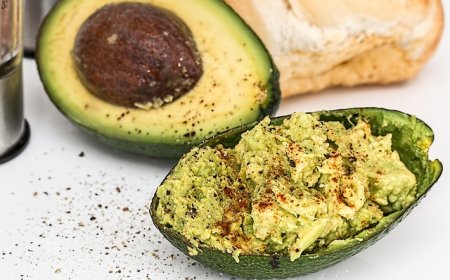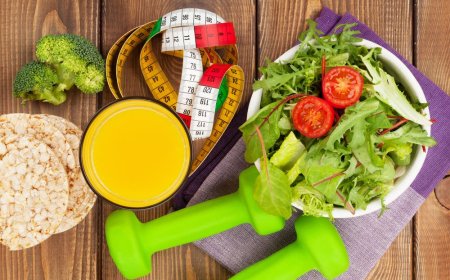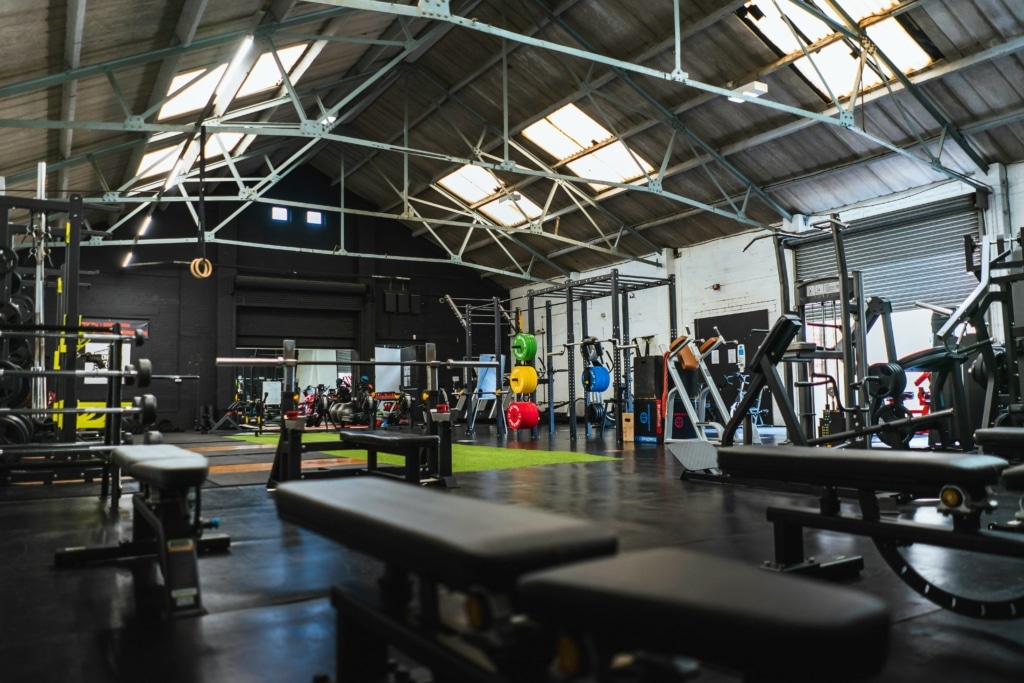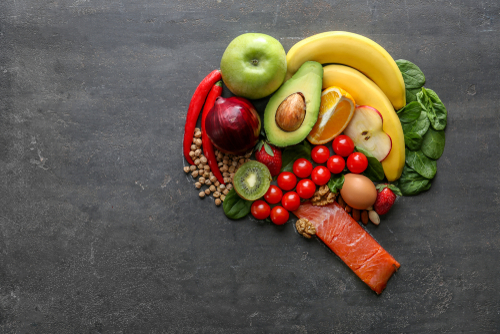HIIT vs. Steady-State Cardio: Which is Better for You?
When it comes to cardio workouts, two popular methods often come up: High-Intensity Interval Training (HIIT) and steady-state cardio. Each has its unique benefits and drawbacks, making them suitable for different fitness goals and preferences. This blog will delve into the differences between HIIT and steady-state cardio to help you determine which might be better for you.
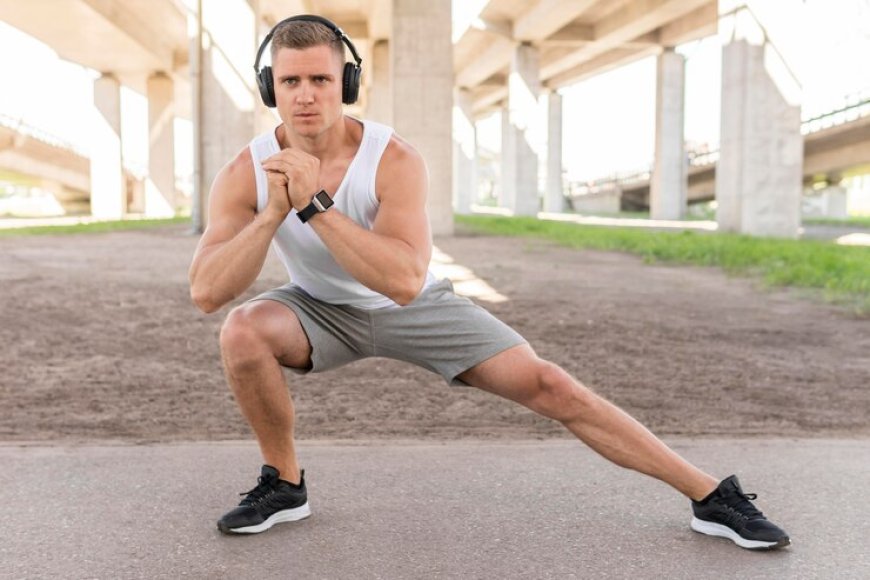
What is HIIT?
High-Intensity Interval Training (HIIT) involves short bursts of intense exercise followed by brief periods of rest or low-intensity activity. A typical HIIT workout might include 30 seconds of sprinting followed by 30 seconds of walking, repeated for 15-30 minutes. HIIT workouts can be adapted to various exercises, including running, cycling, and bodyweight exercises.
Benefits of HIIT
- Time-Efficient: HIIT workouts are typically shorter than steady-state cardio sessions, often lasting around 20-30 minutes, making them ideal for those with busy schedules.
- Increased Calorie Burn: HIIT can burn more calories in a shorter amount of time than steady-state cardio. The intense bursts of activity increase the post-exercise oxygen consumption, leading to higher calorie expenditure even after the workout ends .
- Improved Cardiovascular Health: HIIT can significantly improve cardiovascular health and endurance. Studies show that HIIT can increase VO2 max (a measure of cardiovascular fitness) more effectively than steady-state cardio.
- Muscle Preservation: The high-intensity nature of HIIT helps preserve muscle mass while promoting fat loss, making it a good choice for those looking to maintain or build muscle .
Drawbacks of HIIT
- Increased Injury Risk: The intense nature of HIIT can increase the risk of injury, particularly if exercises are performed with poor form or without adequate warm-up.
- Not Suitable for Beginners: HIIT can be demanding and may not be suitable for beginners or those with certain health conditions. It often requires a base level of fitness to perform safely.
What is Steady-State Cardio?
Steady-state cardio involves maintaining a consistent, moderate level of intensity for an extended period, typically 30-60 minutes or more. Examples include jogging, cycling, swimming, or walking at a steady pace.
Benefits of Steady-State Cardio
- Accessibility: Steady-state cardio is generally easier for beginners to start with, as it doesn’t require high-intensity effort or advanced fitness levels.
- Lower Injury Risk: The lower intensity of steady-state cardio means there’s less strain on the body, reducing the risk of injury compared to HIIT .
- Endurance Building: Steady-state cardio is excellent for building aerobic endurance, making it a preferred choice for long-distance runners and cyclists.
- Mental Health Benefits: The rhythmic nature of steady-state cardio can have meditative effects, reducing stress and improving mental well-being .
Drawbacks of Steady-State Cardio
- Time-Consuming: Steady-state cardio sessions are typically longer, which may not be convenient for those with limited time.
- Potential for Plateaus: The body can adapt to steady-state cardio over time, potentially leading to plateaus in weight loss or fitness improvements .
- Less Muscle Preservation: Steady-state cardio can lead to muscle loss if not combined with strength training, as it primarily targets aerobic endurance.
Which is Better for You?
The choice between HIIT and steady-state cardio depends on your fitness goals, preferences, and physical condition.
Choose HIIT if:
- You have a busy schedule and need a time-efficient workout.
- You want to burn a lot of calories in a short period.
- You’re looking to improve cardiovascular fitness rapidly.
- You want to maintain or build muscle mass.
Choose Steady-State Cardio if:
- You prefer longer, more rhythmic workouts.
- You’re a beginner or have certain health conditions.
- You want to build endurance for long-distance activities.
- You’re looking for a lower-risk, lower-impact workout.
Combining Both
For many, a combination of both HIIT and steady-state cardio can offer the best of both worlds. Incorporating variety in your workouts can prevent plateaus, reduce injury risk, and improve overall fitness. For example, you might do HIIT workouts two to three times a week and steady-state cardio sessions on alternate days.
Conclusion
Both HIIT and steady-state cardio have their unique advantages and can be effective for different fitness goals. Understanding your personal preferences, fitness level, and goals can help you choose the best cardio approach for you. Remember to listen to your body, start slowly if you’re new to exercise, and consult with a healthcare professional or fitness expert if you have any health concerns.
Happy exercising!
What's Your Reaction?













































